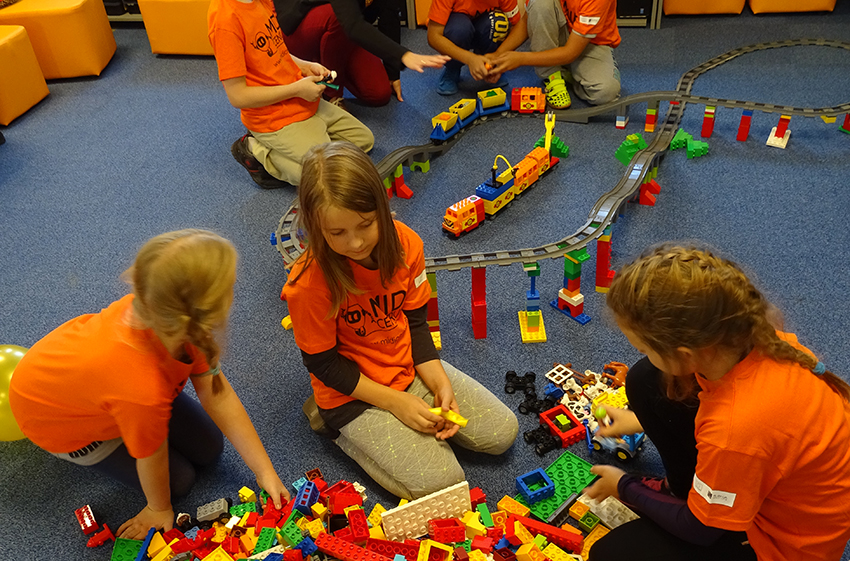Who says learning can’t be fun? That’s the motto of two new state-of-the-art science and technology educational centres in Suwałki, Poland, and Hronda, Belarus. They aim to enhance the cross-border region’s skill set through fun, interactive educational programming.
- 02 November 2021
By introducing unconventional teaching methods and increasing access to modern technologies, MIDICENTRUM and SOVUSHKA aim to raise the level of education. Their goal is to complement the knowledge proposed in the traditional teaching system.
Although on different sides of the Polish-Belarussian border, Suwałki and Hronda had at least one thing in common: a lack of access to new technologies. Without ready access to reliable internet, up-to-date computers, and advanced multimedia programming, schools were failing to adequately prepare their students for the demands of a modern, information-driven society.
To fill this gap and help close the digital divide, this EU-funded project created Midcentrum in Suwałki and Sovushka in Hronda, to provide a wide range of educational classes, skills training, and access to technology for children and adults. Over 20 000 people participate in the centres’ programming each year. Both cities are seeing a noticeable increase in technological know-how.
The latest technologies
Both centres are interactive extensions of the cities’ main library. All programming is available free of charge and aims to increase the student’s confidence with using technology. As such, each centre has a modern computer lab equipped with the latest in advanced technology, including electronic panels, specialised keyboards, 3D modelling, database networks, robots and smart devices. There are even IoT-enhanced Lego blocks for building model vehicles.
The centres offer a variety of courses grouped into eight workshops that cover topics including music, art, English as a second language, science, environment and sustainability, and robotics. Different courses are geared towards different age groups, with one workshop dedicated to young children. The centres are available to schools, kindergartens, daycare centres, families, and social groups.
A sustainable success
The two centres have succeeded in enhancing the skills, broadening the minds, and developing the technological know-how of citizens. To ensure the centres can keep meeting an always-evolving need, they are backed by public funding and private grants. This allows them to constantly update their equipment and curriculum to better meet the needs of their users.
Total investment and EU funding
Total investment for the project “Creative Centres for Science and Technology in Suwalki and Hrodna” is EUR 1 118 602, with the EU’s European Neighbourhood and Partnership Instrument contributing EUR 1 006 742 through the “Cross-border Cooperation Programme Poland-Belarus-Ukraine” for the 2007-2013 programming period.

